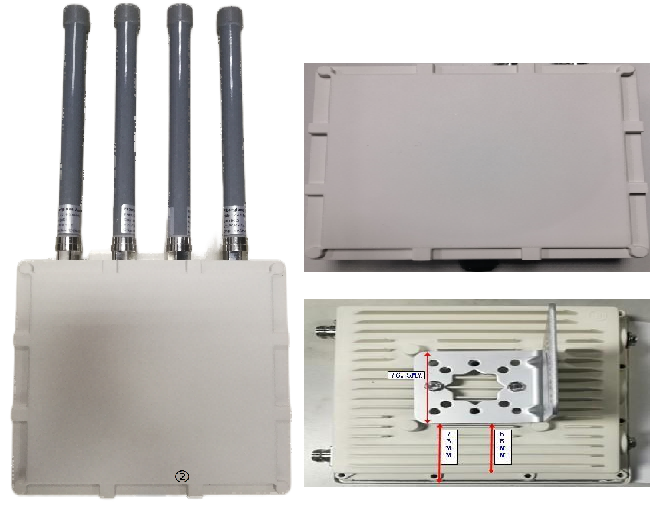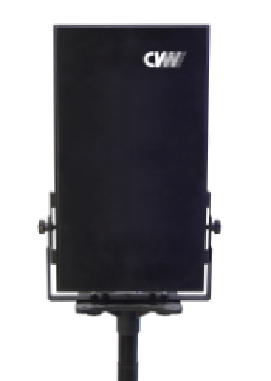With the development of digital products, we unknowingly move into the watching video phase after going through the text and picture reading phase. At this stage, the transmission of video on different devices varies, and a variety of video transmission methods have emerged, and here we introduce several different methods to you.
I. DLNA connection method
DLNA is a technology that has been around for a long time, initiated by Sony, Intel, Microsoft, etc. It aims to solve the interconnection of wireless and wired networks including personal PCs, consumer appliances, mobile devices, etc. In simple terms, it’s a function similar to a PC’s online neighbor between various DLNA-enabled devices, allowing one device to directly access and play back images, sounds or video resources from other DLNA devices in the network.

DLNA is similar to a PC computer’s online neighbor
For video transmission between mobile phones and TVs, there is no need for a data cable, just connect the two devices to the same network and turn on the DLNA function (different names for different devices), you can browse and play music, videos and pictures in storage.
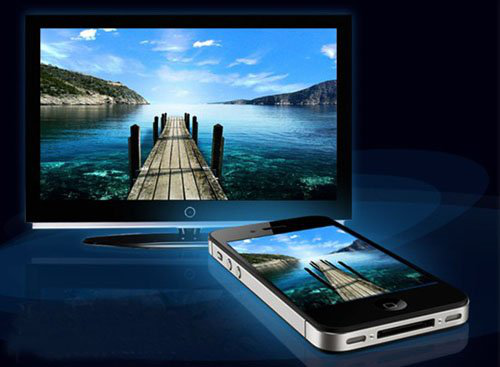
DLNA-enabled devices are now more common
Currently, DLNA support devices can be found everywhere in the market, such as TVs, smartphones, digital cameras, Blu-ray players, PS3 consoles and so on, and desktop PCs and laptops can also use some common software to implement DLNA functions. In terms of compatible formats, as a result of many upgrades, DLNA already has a relatively good compatibility of graphics and audio, while the compatibility of video is more general, H.264, VC-1, these domestic HD films commonly used video encoding format does not support, only support some basic video formats.
Advantages.
No data line connection, no bi-directional operation between devices
Deficiencies.
Requires network connection and less support for HD video formats
2. HDMI connection method
HDMI also known as high-definition multimedia interface, is a dedicated digital interface for video transmission, can simultaneously transmit audio and video signals, the maximum data transmission speed of 5Gbps, not only can meet the 1080P resolution, but also support DVD Audio and other digital audio formats.
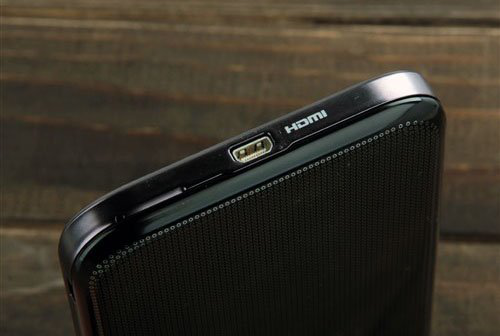
Mobile phone with HDMI port
HDMI is also a video playback technology that has been developed over the years, and it’s not uncommon to see products that support the HDMI interface on smartphones these days.
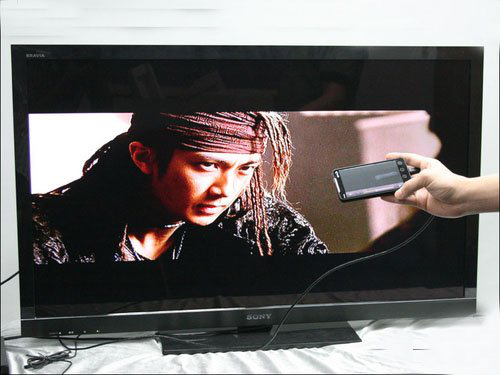
Mobile phone connected to TV via HDMI
The connection also supports plug-and-play, and the phone connects to the TV through HDMI, in addition to the HD video output, another advantage is to move the operating end back to the smartphone, through the operation of the phone to achieve the output content on the TV.
Advantages.
Supports high-definition video output and can be operated from mobile phones
Deficiencies.
No charging function is supported, the phone needs to support HDMI interface
III. Wireless microwave transmission
A microwave is an electromagnetic wave with a frequency of more than 1GHz and a wavelength in the order of millimeters to centimeters, which is shorter than ordinary radio waves. Wireless microwave transmission is similar to linear transmission of light and is a type of relay transmission in the ultra-vision range. Microwave transmission is one of the solutions to the problem of monitoring transmission in places that are not easily wired for a few kilometers or even dozens of kilometers.
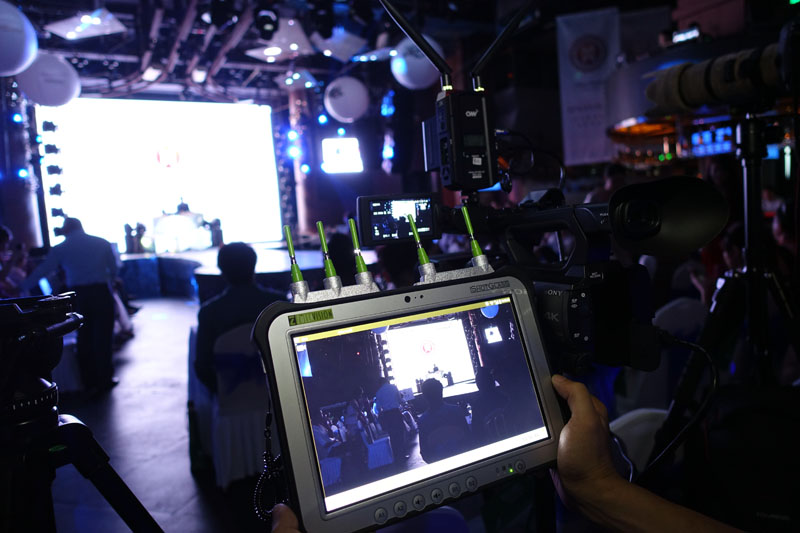
Application of wireless microwave transmission in live broadcasting
Advantages: low comprehensive cost, more stable performance, eliminating cabling and cable maintenance costs; dynamic real-time transmission of broadcast-grade images, image transmission clarity is good, and completely real-time; flexible networking, good scalability, plug-and-play; low maintenance costs.
Deficiencies: due to the use of microwave transmission, the frequency band is above 1GHz, commonly used L-band (1.0-2.0GHz), S-band (2.0-3.0GHz), Ku-band (10-12GHz), the transmission environment is open space, if used in large cities, radio waves are more complex, relatively easy to be affected by external electromagnetic interference; microwave signals are linear transmission, the middle can not have mountains, buildings to block; if there are obstacles, need to add relay to solve, Ku-band by the weather is more serious, especially the rain and snow will have more serious phenomenon of rain failure. But now there are also digital microwave video transmission products that are much more resistant to interference and scalable.
IV. MHL connectivity
MHL is a relatively new technology and interface in the last two years, also known as the mobile terminal HD audio and video standard interface, is a kind of portable consumer electronics devices connected to the audio and video standard interface, only need to support MHL smartphone to connect to the TV MHL interface, and then the power supply of the TV to complete the entire connection process.
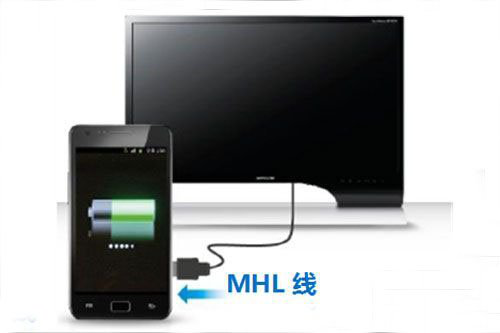
Charges the phone when it is connected to the TV via MHL
And like HDMI, MHL can not only synchronize the phone and TV screen, but also support the output of audio signal, can directly experience the fun brought by 1080P HD movies, without going through any settings, can be said to be very convenient.
In addition, MHL has the advantage that the battery can easily run out when playing games or watching movies for long periods of time because the phone is always discharged when connected to the TV to play video. If using an HDMI connection, there is no way to charge the phone, unlike MHL, which only needs to be connected to the TV to charge the phone while playing the video, without having to worry about running out of battery.
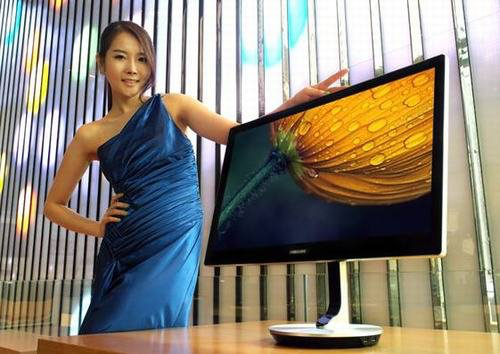
Fewer devices currently support MHL
However, MHL is not very perfect technology and interface, due to the short time of launch, so the problem MHL is currently facing is the support of less equipment, equipped with MHL interface of mobile phones and TV products only a few, especially mobile phones, only 20 high-end models support MHL, relative to support HDMI interface, the popularity of MHL still needs time.
Advantages.
Support mobile phone charging, support HD video output, can be operated using mobile phone
Deficiencies.
Less support equipment
V. USB connectivity
For TVs that are connected via USB, it mainly relies on those that support USB playback. You only need to connect your phone to the USB port of your TV via USB data cable, and then you can use your phone as a storage device to share your movie resources and watch movies.

Mobile phone USB connection to TV playback screen
In fact, this method through USB connection does not have much technology in it, not only for mobile phones, U disk or hard disk can also be connected to the TV to achieve the playback function, and these are with the decoding technology of the TV to operate, the TV needs to have a strong encoding method and a variety of supported formats, otherwise there will be no recognition because the format does not support the situation.
But the way to connect the TV through USB also has very good advantages, first of all, can be hot-swappable, do not need to repeat the action of turning off and then on; secondly, the standard is uniform, whether it is a mobile phone, U disk or hard drive, as long as the USB interface can be connected to the TV.
Advantages.
Uniform standards, plug and play
Deficiencies.
Television-dependent coding capabilities
Of these connections, mobile phone and TV connections are the most common, as these two products are the ones we use most for entertainment. The wireless microwave connection, due to its long transmission distance, cabling-free characteristics and excellent “bypass” and “penetration” capabilities, is ideal for transmitting video in sheltered environments such as urban areas, suburbs and buildings.

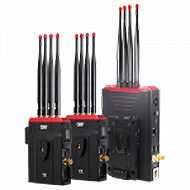 Multi-camera wireless video transmission
Multi-camera wireless video transmission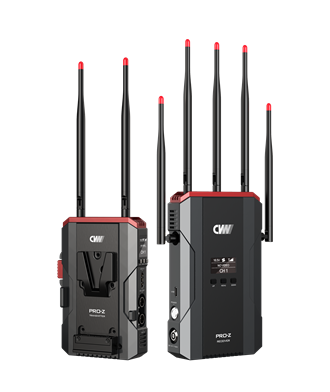 Zero Latency Wireless Video Transmission
Zero Latency Wireless Video Transmission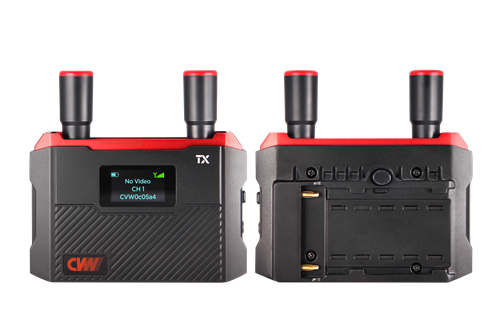
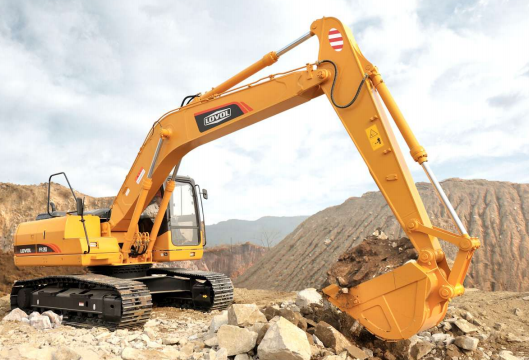 Designed for teleoperating the heavy equipment
Designed for teleoperating the heavy equipment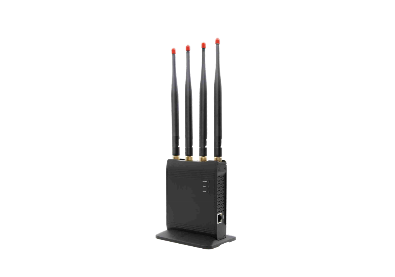 Wireless high-speed data transmission
Wireless high-speed data transmission